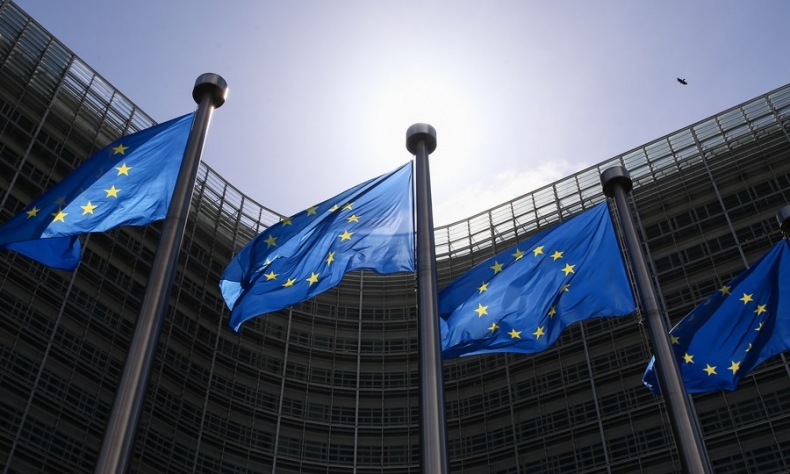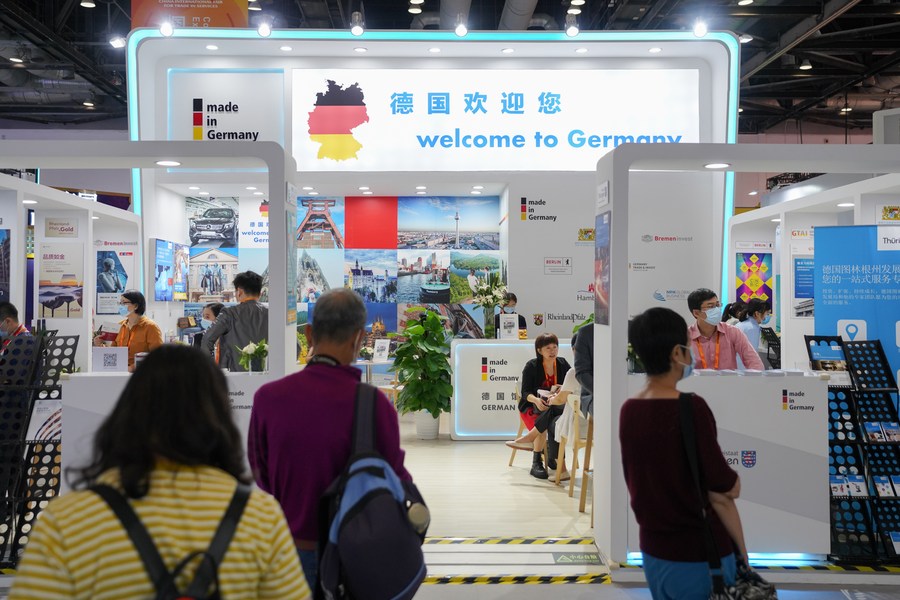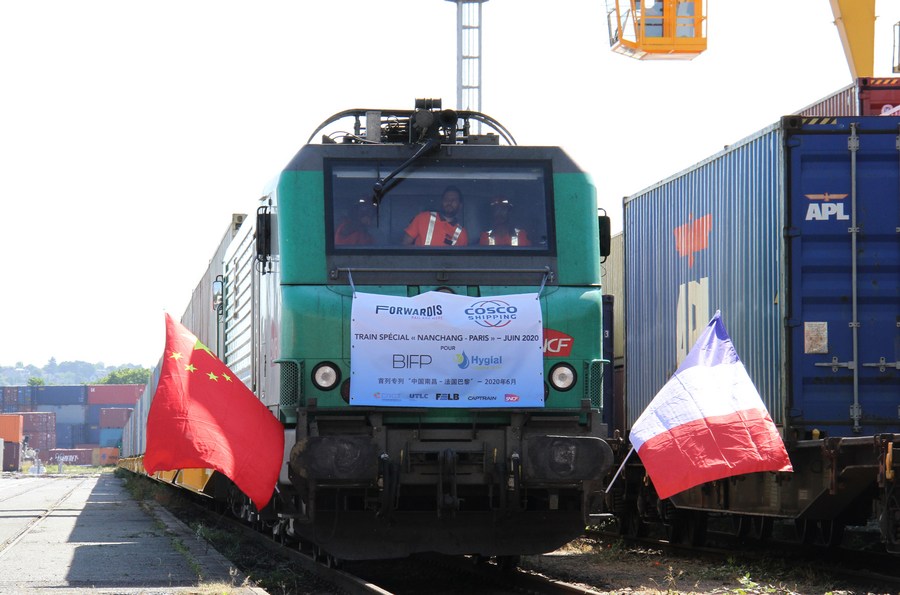Decoding the China-EU Dialogue

Closer collaboration is the only way forward.
Since late 2022, Chinese and European leaders have embarked on an attempt to refresh Sino-European relations.
Different in-person meetings on the sidelines of the Group of 20 (G20) Summit in Indonesia in November 2022, and the visits of German Chancellor Olaf Scholz and President of the European Council Charles Michel to Beijing—last November and December, respectively, outlined the joint interest to chart a mutually accepted way forward.
The trend is currently being animated. Prime Minister of Spain Pedro Sánchez attended the Boao Forum for Asia annual conference in Hainan Province from March 28 to 31, while President of France Emmanuel Macron and chief of the European Commission Ursula von der Leyen touched down in the Chinese capital on April 5.
In 2022, China was the third largest partner for the EU’s exports of goods (9 percent) and the largest partner for EU imports of goods (20.8 percent). In particular, data from Eurostat, a Directorate General of the European Commission, show that European exports to China rose to 230.3 billion euros ($250.8 billion) in 2022 from 223.5 billion euros ($243.4 billion) in 2021, while imports increased from 473.8 billion euros ($516.1 billion) to 626 billion euros ($681.8 billion). The most important European products shipped to China included motor cars and vehicles, electronic tubes and valves, medicaments, electrical apparatus and aircraft. Imports from China encompassed telecommunication equipment, automatic data processing machines, electrical apparatus, electronic tubes, organo-inorganic compounds, baby carriages and furniture.

Europe’s most powerful countries, Germany and France, saw their trade with China grow last year. In 2022, China was Germany’s most important trading partner for the seventh time in a row. German exports to China reached 106.9 billion euros ($116.4 billion) in 2022 from 103.6 billion euros ($112.8 billion) in 2021, whereas imports amounted to 191.3 billion euros ($208.4 billion) from 141.7 billion euros ($154.3 billion). In France, exports to China slightly decreased to 24.1 billion euros ($26.3 billion) last year from 24.4 billion euros ($26.6 billion) in 2021, while imports went up to 77.7 billion euros ($84.6 billion) from 63.8 billion euros ($69.5 billion). As far as Spain is concerned, exports in 2022 decreased to 8 billion euros ($8.7 billion) from 8.6 billion euros ($9.4 billion) in 2021, but imports rose to 49.6 billion euros ($54 billion) from 34.8 billion euros ($37.9 billion). Speaking at the Boao Forum for Asia annual conference, Sánchez made a special reference to the importance of Sino-Spanish trade, stating it had almost doubled between 2022 and 2017—to 57.7 billion euros ($62.9 billion) from 32 billion euros ($34.9 billion).
In a globalized world, interconnectivity remains the driving force. Beyond trade numbers, this interconnectivity has played out in Europe during the ongoing energy crisis. China’s reduced liquefied natural gas appetite has eased energy security concerns for some time in the Old Continent. By reselling this gas to Europe, Beijing threw it “an energy lifeline,” according to British daily business newspaper Financial Times.

Of course, Sino-European relations are currently influenced by critical developments shaping world affairs such as the conflict in Ukraine. Although both the EU and China favor peace, they do not share the same position on the continuing crisis. A deeper Sino-European dialogue will facilitate better coordination on the matter.
Cooperation opportunities do not stop here. In his speech, Sánchez identified three areas where both sides could join forces: the strengthening of multilateralism, the fight against climate change and the achievement of the UN Sustainable Development Goals.
The UN General Assembly has already passed a resolution for the organization for the 2024 Summit of the Future to adopt a Pact for the Future with commitments about policy goals. Both China and the EU are committed to engaging constructively and supporting the UN system. Closer collaboration is the only way forward.
The author is the EU-China Program director at the Centre International de Formation Européenne.
 Facebook
Facebook
 Twitter
Twitter
 Linkedin
Linkedin
 Google +
Google +










